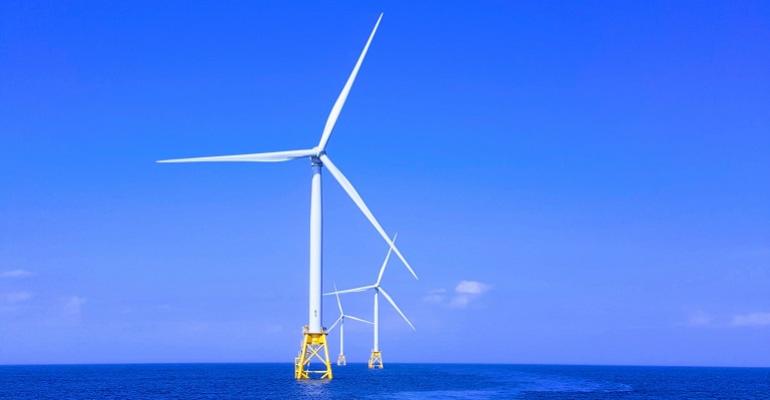Three leases were offered by the Bureau of Ocean Energy Management (BOEM) at last week’s auction. As Seatrade Maritime News reported one area off Louisiana received a single bid of $5.6 million from Germany’s RWE; the other two leases received no bids at all. The weak response is a blow to President Biden who has set a 30MW target for offshore wind development by 2030.
Analysts point out that the Gulf acreage is not as appealing in a wind power perspective. The waters are relatively shallow, the winds blow less strongly than in waters off the coast of New Jersey, for example, and there is also a significant risk of hurricanes.
Several major players in the offshore wind arena were conspicuous by their absence at last week’s Gulf auction. Equinor, Shell and TotalEnergies were nowhere to be seen.
The failed auction followed an announcement by Danish offshore wind giant, Ørsted, that is will have to write off more than $2 billion because of supply chain issues and other problems at its three offshore facilities in the US – Ocean Wind 1, Sunrise Wind, and Revolution Wind. Ørsted’s shares plunged by a quarter following the news.
Mads Nipper, Ørsted’s chief executive, is understood to have told analysts on a call: “We are willing to walk away from projects if we do not see value creation that meets our criteria.” The impairment is thought to be about half of the total invested by the Danish company so far.
On top of supply chain issues, developers are also facing substantially higher interest rates, inflationary pressures, higher than expected labour costs, and lengthy delays. Together, these factors have a dramatic impact on wind farm economics in which developers face huge upfront costs as facilities are planned, built, and connected.
Last week’s poor result is in sharp contrast to earlier BOEM auctions of acreage off the US north-east coast which attracted bids running into billions of dollars. Meanwhile, at the first west coast auction last December, five companies put in bids totalling more than $750 million.
Copyright © 2024. All rights reserved. Seatrade, a trading name of Informa Markets (UK) Limited.
Add Seatrade Maritime News to your Google News feed.  |

